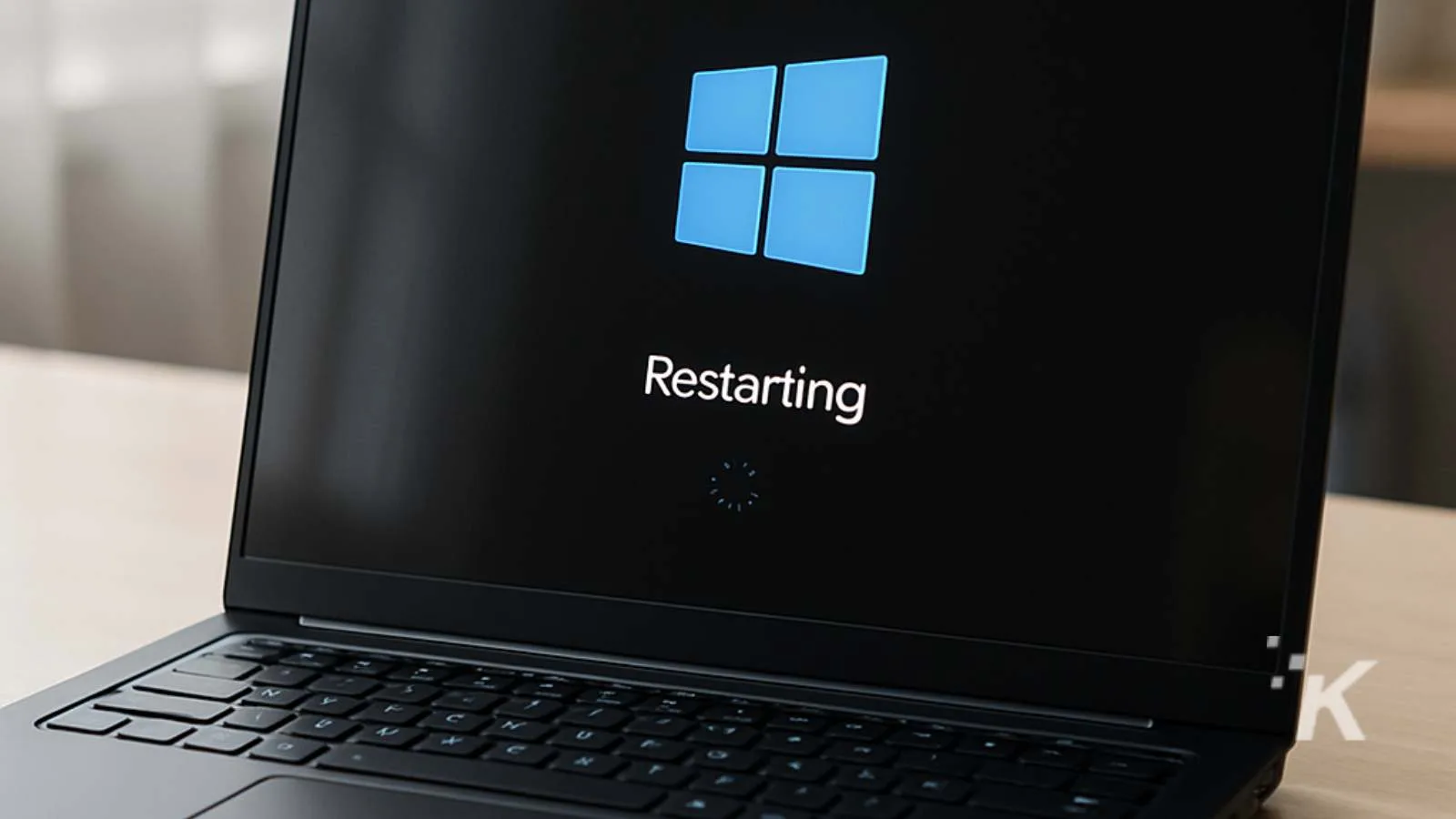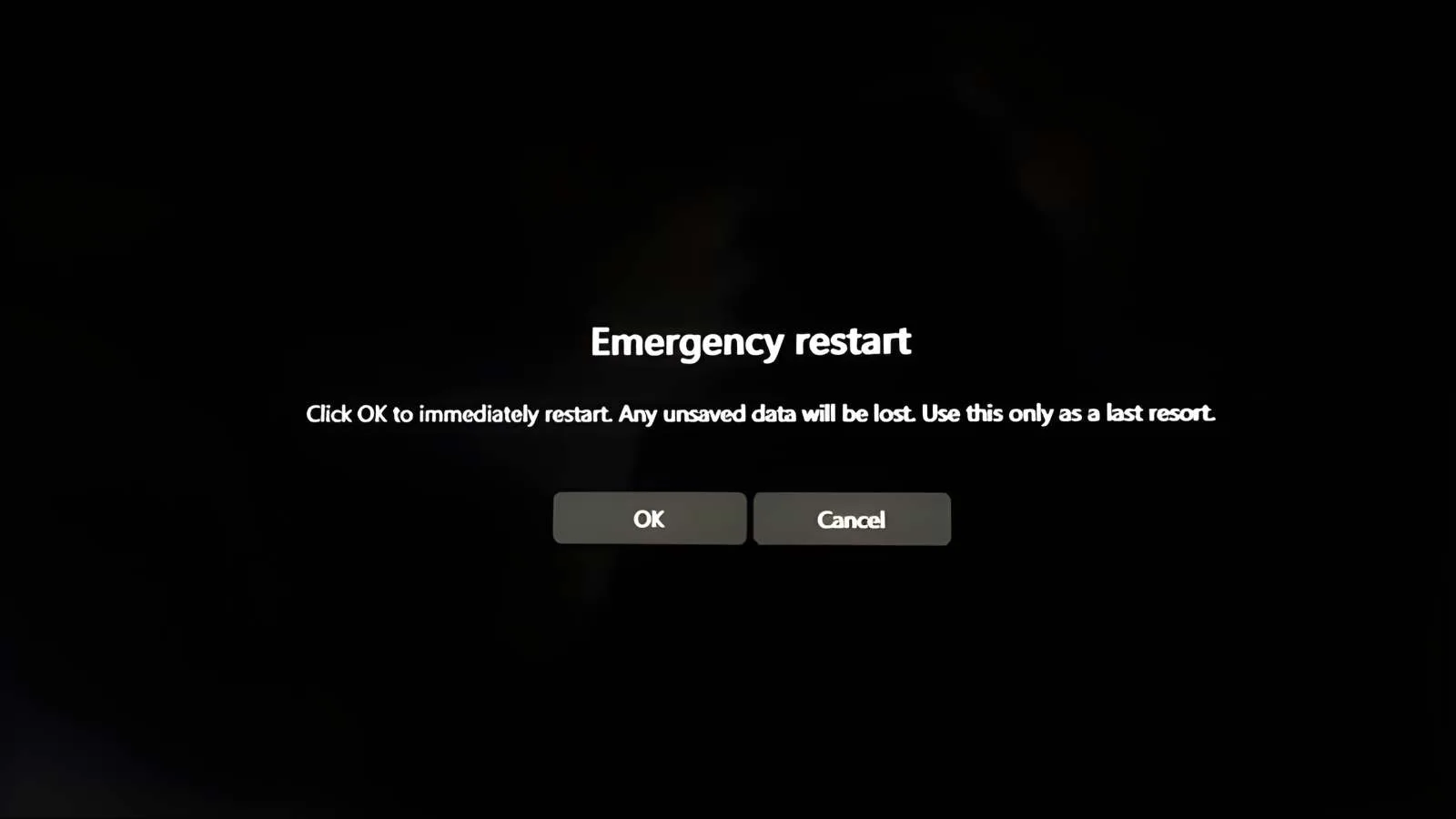How-To
Secret Windows 11 trick rescues you from frozen screen nightmares
Stuck in a digital jam? Windows 11’s ‘Emergency Restart’ is your escape route. Just hit Ctrl+Alt+Del, hold Ctrl, and click the power icon.

Just a heads up, if you buy something through our links, we may get a small share of the sale. It’s one of the ways we keep the lights on here. Click here for more.
Quick Answer: To trigger the restart, press Ctrl+Alt+Del, then hold Ctrl while clicking the power icon. This will reboot your system immediately
Is your Windows 11 PC stuck and not responding? Trust me, you’re definitely not the only one.
Thankfully, Windows 11 has a secret ‘Emergency Restart’ feature that can help you recover from a frozen or looping system without having to physically press and hold the power button.
Let’s dive into how to use it.
1. Trigger Emergency Restart
- Press
Ctrl+Alt+Del. This should bring up a screen with several options. - Hold down the
Ctrlkey and click on the power icon (it looks like a circle with a vertical line through the top). - A warning message will pop up: ‘Click OK to immediately restart. Any unsaved data will be lost. Use this only as a last resort.’ Click OK to proceed.

Note: This feature is limited to desktop Windows 11 and may not be available on all tablets or specific enterprise-managed devices.
Understanding the Process
Emergency Restart performs a hard reset, similar to holding your PC’s power button for 10 seconds.
Unlike a factory reset, this won’t delete your files or change system settings. It’s essentially a forceful reboot, giving your system a fresh start without causing data loss.
- Emergency Restart performs a hard reset, similar to holding your PC’s power button for 10 seconds.
- Unlike a factory reset, this won’t delete your files or change system settings.
According to Tom’s Guide, Emergency Restart offers a cleaner alternative to a forced shutdown, which can sometimes cause data loss or file corruption.
Troubleshooting Tips
If your PC is completely unresponsive and you’re unable to access the Ctrl+Alt+Del screen, you may need to resort to a physical shutdown.
Alternatively, you can use the Command Prompt command shutdown /r to restart your PC normally, provided you can access the command prompt.
- If your PC is completely unresponsive and you’re unable to access the
Ctrl+Alt+Delscreen, you may need to resort to a physical shutdown. - For future reference, you can also use the Command Prompt command
shutdown /rto restart your PC normally.
Pro Tips for Managing Frozen PCs
- Regular Data Backup: Regularly saving your work can save you from data loss during an Emergency Restart. Make it a habit to save your work frequently, especially when performing tasks that could potentially freeze your system.
- Identify and Resolve Underlying Issues: If your PC frequently freezes, it might be worth investigating the cause. This could be anything from malware to hardware issues. Regularly scanning for malware and checking your hardware for any signs of failure can help prevent frequent freezes.
- Automatic Restarts for Updates: Consider setting up automatic restarts for Windows updates. While this won’t prevent all types of system freezes, it can help prevent some issues caused by pending updates.
Quick Summary:
When your Windows 11 PC freezes and usual restart methods fail, use the Emergency Restart feature as a last resort.
Here’s how to do it: press Ctrl+Alt+Del, then hold Ctrl while clicking the power icon, and finally click ‘OK’. This forces a reboot, losing any unsaved work, but keeping your files and settings intact.
While Emergency Restart is a useful tool for recovering from a frozen or unresponsive system, it’s important to remember that it’s not a solution to underlying problems.
Regular maintenance and troubleshooting can help prevent your PC from freezing in the first place.
FAQs
In a nutshell, Windows 11’s Emergency Restart is a lifesaver for frozen PCs. While it’s not a substitute for proper troubleshooting, it can help you get back on track when your system decides to lock up tight. Try it out, but don’t forget to save your work regularly.






























